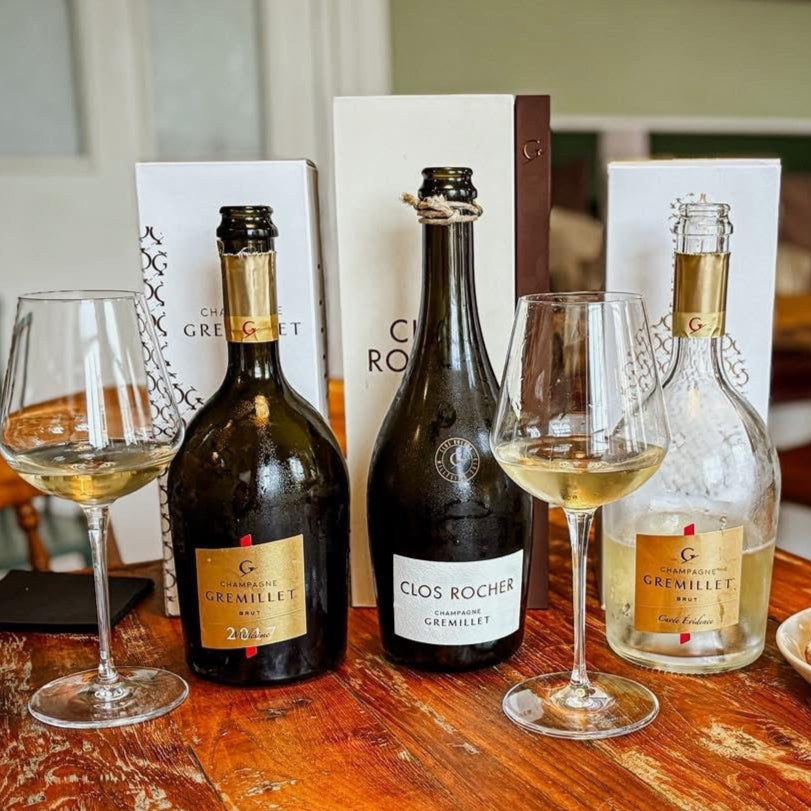Stellenbosch, South Africa
Offers flavours of lychee, kiwi fruit characters finishing off with a hint of orange marmalade. This wine is a true reflection of terroir. (2023 - 13% ABV)
Neethlingshof Estate's vine roots stretch back to the earliest years of winemaking at the Cape – grapes were already being produced on the farm by 1705. Despite being steeped in history with its thatched Cape-Dutch homestead and outbuildings it has also remained in the forefront of new trends and developments, and has become a leading exponent of the drive to balance nature and wine-growing in the Western Cape. As a consequence its select range of wines is a telling reflection of what is uniquely Neethlingshof.
The farm is blessed with 8 distinguishable terroirs, each of them characterised by unique slopes, aspects and altitudes and inducing different phenological, physiological and growth pattern reactions in the vine. These occur on a complex soil type pattern. Most soil types, e.g. Tukulu and Oakleaf, are of high to very high potential for viticulture, but a relatively small percentage of medium to low potential soils, e.g. Kroonstad and Katspruit, also occur. The latter soils are mainly used for grazing while the better soils are planted to vineyards.
The predominant aspects are South and South-west (open to cool sea breezes every afternoon). Clearly the locality of Neethlingshof enables cool sea breezes from both the Indian and Atlantic oceans to penetrate the vineyards and cool down the grapes during hot summer days. The subsequent slow ripening processes enable all grape components to reach full maturity.
The different grape varietals grown on the farm are:
Red: Pinotage, Cabernet Sauvignon, Merlot, Cabernet Franc, Malbec, Petit Verdot, Shiraz
White: Gewürztraminer, Chardonnay, Sauvignon Blanc, Viognier, Weisser Riesling, Chenin Blanc
Since 2003 Neethlingshof has been following an active biodiversity orientated strategy in its farming practices, moving away from a mono culture of vines and in the process giving back to nature some of what was taken in the past. They are actively promoting the return of the original Renosterveld in areas where vines used to grow. At the same time they leave islands of already growing indigenous plants or actively plant islands of new Renosterveld in the vineyards.




